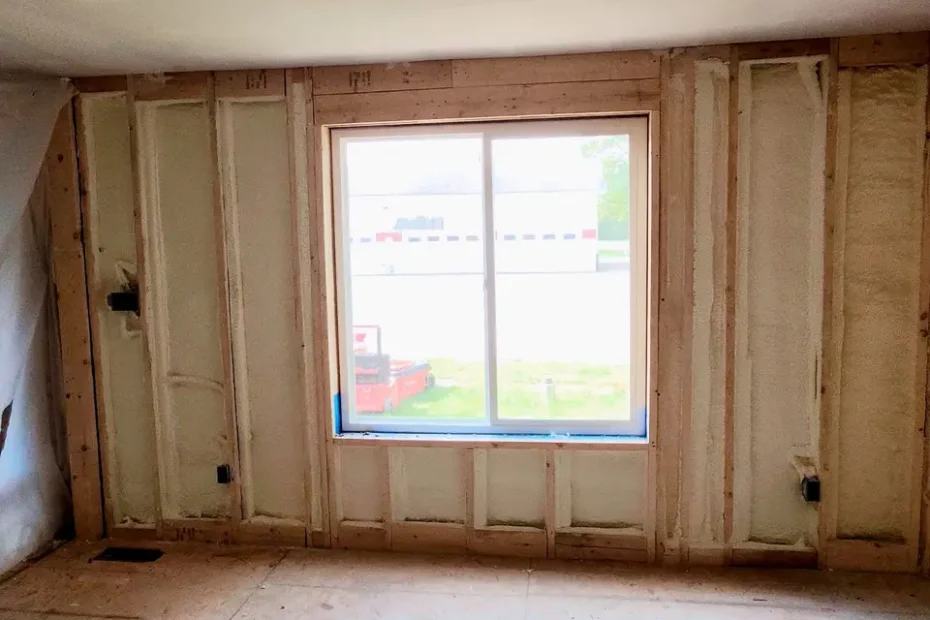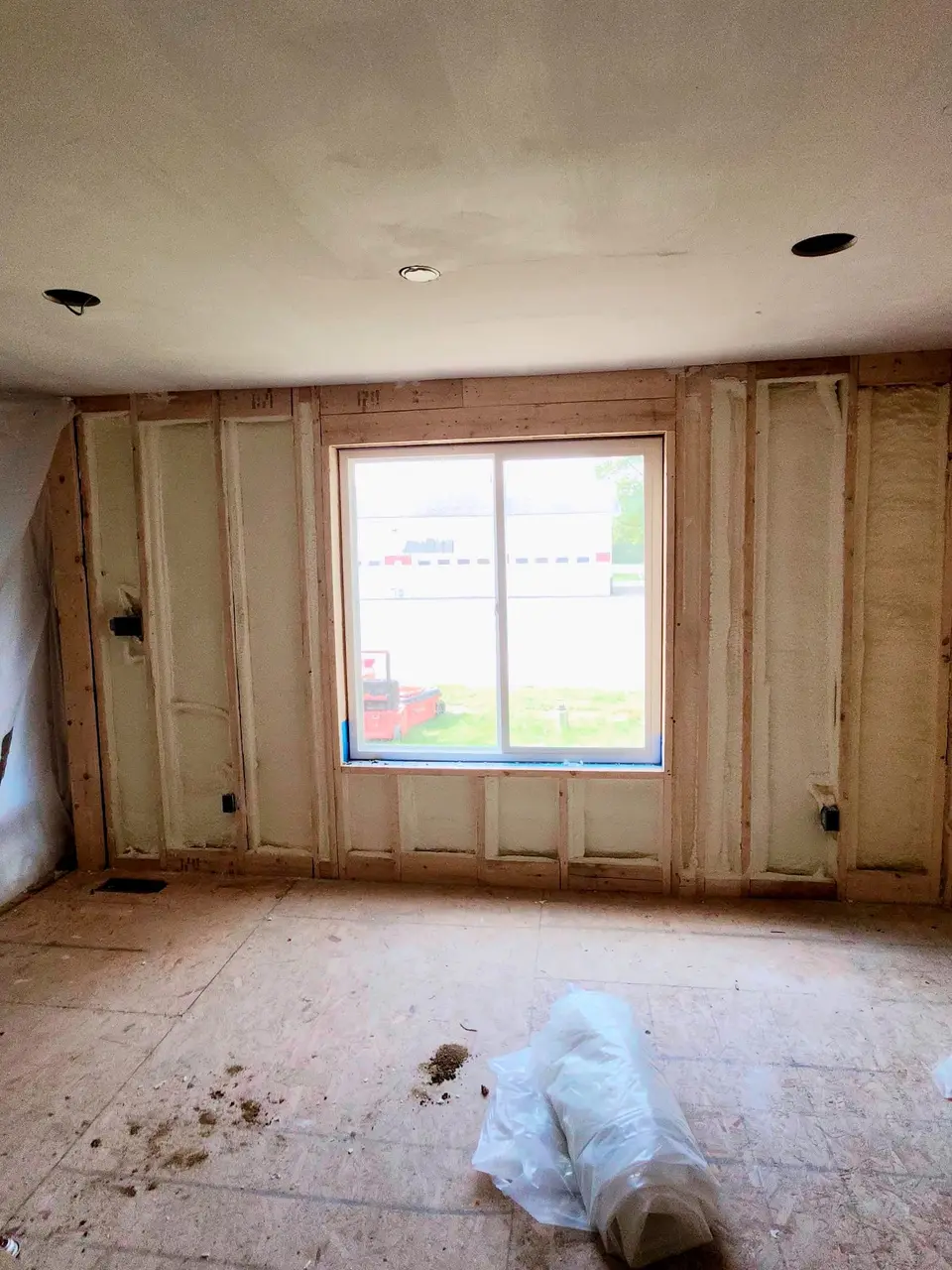Window insulation is a critical yet often overlooked aspect of energy efficiency in homes. As energy costs continue to rise, many homeowners are looking for effective solutions to reduce their bills. This FAQ blog will explore the potential of window insulation in saving money on energy bills and provide insights into its effectiveness.
Understanding Energy Loss Through Windows
Learn about how windows contribute to energy loss in your home and the importance of insulation.
Windows can account for about 25-30% of a home’s heating and cooling energy use. This statistic underscores the necessity for effective insulation. Heat transfer occurs easily through single-pane glass, making homes uncomfortable during extreme temperatures.
Moreover, the gaps and cracks surrounding window frames are significant culprits. Cold drafts in winter and unwanted heat in summer can diminish your comfort and lead to escalating energy bills. Therefore, understanding how these elements play a role is vital.
By utilizing window insulation techniques, you can effectively block unwanted air leaks. Thus, contributing to a more stable indoor climate, while at the same time saving on your monthly energy costs.
Types of Window Insulation
Explore the different types of window insulation options available, including films, blankets, and retrofits.
One popular solution is window films, which can be adhered to the glass surfaces. These films help to reflect heat, keeping interiors cooler in warmer months while also providing UV protection.
Insulating window coverings such as honeycomb shades are another option. These specialized fabrics trap air within their cells, providing an insulating effect. Not only do they add privacy, but they also significantly contribute to energy savings.
If you’re interested in a more permanent solution, consider retrofitting existing windows with storm windows. This addition creates an extra layer of insulation, which can be especially beneficial in older homes.
Calculating Potential Savings
Understand how to estimate the impact of window insulation on your energy bills and calculate potential savings.
Calculating savings involves several factors, including the type of insulation you select and the local climate. To begin, assess your existing windows. For instance, a poorly insulated window may increase energy costs significantly during both heating and cooling seasons.
Home energy audits can also help provide clarity on potential savings. Many professionals offer assessments that analyze your home’s energy performance and offer specific recommendations tailored to your situation.
Once these evaluations are complete, you can estimate the savings by comparing your current energy bills with projected figures post-insulation. Generally, homeowners can expect to save anywhere from 10-25% annually on their energy bills after proper installation.
Installation Process
Review the installation steps for various window insulation methods and what to expect during the process.
The installation of window insulation can vary significantly based on the type of material chosen. For window films, the process is relatively simple. Clean the glass, measure correctly, and apply the film with a heat source to remove air bubbles.
For honeycomb shades or cellular blinds, it usually involves attaching brackets at the top of the window frame. These can often be installed by the homeowner, but hiring a professional ensures proper fitting.
In contrast, storm windows may require more extensive effort. They involve adding an external frame that may need specific measurements and possibly some carpentry skills. Regardless of the method chosen, thorough research or professional consultation can facilitate a smoother installation process.
Comparing Costs and Benefits
A comparison of the costs associated with window insulation versus the benefits of savings on energy bills.
When evaluating window insulation, it’s crucial to consider both the upfront investment and the long-term savings. The initial costs for window films can range from (5-)15 per square foot, whereas honeycomb shades may cost (20-)50 per square foot.
However, these costs can be offset by savings on energy bills. Homeowners typically see a return on investment within 3-5 years, depending on the extent of insulation and local energy prices.
Ultimately, while the initial expenses may seem daunting, the cumulative benefits, both financial and environmental, make window insulation a wise investment. Don’t forget the added value to your home’s comfort and the peace of mind that comes from having a more energy-efficient living space.
In Summary
Investing in window insulation can lead to significant energy savings over time, making it a worthwhile consideration for any homeowner. While the initial costs may vary, the long-term benefits often outweigh these expenses, resulting in a more energy-efficient home and a healthier environment.

